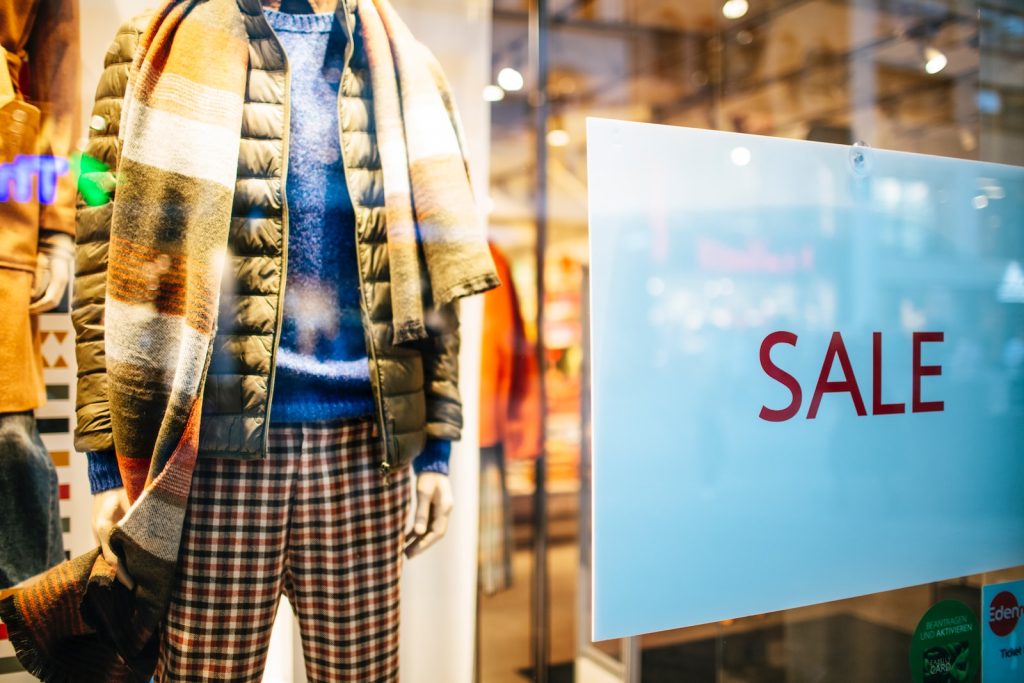Introduction to the 7O’s Model
The 7O’s model is a framework that helps to understand and analyze consumer behavior. This model takes into account seven factors that influence how consumers make decisions.
These factors are (1) Occupants, (2) Objects, (3) Objectives, (4) Organizations, (5) Operations, (6) Occasions, and (7) Outlets.
In this blog post, we will outline the key components of the 7O’s model and discuss its relevance in the study of consumer behavior. We will also outline the benefits of using the 7O’s model and provide examples of its practical applications.
The 7O’s Model
The 7O’s model is a crucial tool for understanding consumer behavior. It takes into account seven major elements in a consumer’s decision-making process. These factors are:

1. Occupants – This refers to the people or groups who buy the products or services. This includes demographic characteristics such as age, gender, and family type.
2. Objects – The objects refer to the products or services being purchased. This can include tangible items such as food and clothing, or intangible items like insurance services and travel packages.
3. Objectives – Objectives describe the reasons why a person or group is buying a product or service. This can include needs, wants, and desires.
4. Organizations – This refers to who participates in the process of buying the product or service. It includes the companies producing and selling the products, retailers, and other intermediaries involved in the sale.
5. Operations – This refers to how the market buys the products or services. This includes pricing and promotional strategies that influence how consumers make their decision.
6. Occasions – Occasions refer to when the market purchases products or services. This has to do with the timing of when a certain product is purchased and how often it is purchased by the consumer.
7. Outlets – Outlets refer to where the market buys the products or services from. This includes physical stores as well as online retailers and other channels through which consumers can purchase items.
By taking into account these seven factors, researchers are able to gain a better understanding of how consumers make decisions. They can develop various strategies and tactics that can help businesses reach their target audience more effectively.
Using the 7O’s Model to Study Consumer Behavior
The 7O’s model is an innovative approach to understanding consumer behavior, no matter the situation or context. The model also helps researchers understand how elements like demographics, product offerings, pricing, and distribution channels influence consumer decision-making. It can also identify trends and assist businesses in reaching their target customers.

For instance, by understanding how certain demographic factors such as age, gender, and family size influence consumer behavior, businesses can tailor their product offerings and promotional strategies to better meet the needs of their target customers.
Additionally, by examining how pricing strategies and channels of distribution affect consumer decisions, businesses can adjust their operations to become more efficient and effective in meeting customer demands.
Benefits of the 7O’s Model
The 7O’s model has several advantages. It provides a comprehensive view of consumer behavior, helping researchers gain insights into how various elements influence their decision-making.
This model also allows businesses to tailor their promotional strategies and operations to better meet the needs of their target customers. This model can also help in identifying trends in consumer behavior and developing strategies for reaching a wider audience more effectively. Also, it provides an innovative way to study consumer behavior in different contexts and situations.
Thus, by using the 7O’s model, businesses can gain a better understanding of their target customers and develop strategies to more effectively reach them. This model can help businesses increase customer satisfaction and loyalty as well as create long-term profitable relationships with their customers.
Examples of the 7O’s Model in Use
The 7O’s model has been applied in a variety of industries to better understand consumer behavior and make informed business decisions.
The food industry has used the 7O’s model to analyze consumer preferences and purchasing habits. Such include understanding why certain products are more popular among certain demographic groups or identifying trends in consumer behavior to create new products or marketing campaigns
Similarly, the retail industry has applied the 7O’s model to understand consumer purchasing decisions and design more effective marketing strategies, such as understanding why certain products are more popular at certain times of the year or identifying trends in consumer behavior to improve store layout or product selection.
Overall, the 7O’s model is a useful tool for businesses looking to understand and analyze consumer behavior in a systematic and comprehensive way. By applying the 7O’s model in various industries, businesses can gain valuable insights into consumer preferences and make more informed decisions that can drive growth and success.
Conclusion
Researchers and businesses use the 7O’s model as a comprehensive tool to understand how various elements influence consumer behavior. Many industries have applied the model to gain insights into consumer behavior and develop strategies for reaching target customers.
The 7O’s model also helps researchers and businesses understand customer preferences, needs, and behavior. Additionally, they use this information to create strategies that will help them reach their target customers more effectively.
Frequently Asked Questions
The 7O’s model is a comprehensive tool used to gain insights into consumer behavior and develop effective strategies for reaching customers. This model looks at seven different factors that influence how consumers make decisions and how businesses can use these factors to reach their target customers more effectively.
The 7O’s are occupants, objects, objectives, organizations, operations, occasions, and outlets. These factors help researchers and businesses understand how consumer behavior is influenced by various elements.
The 7O’s model has been used in many industries, such as food and retail, to gain insights into consumer behavior and develop effective strategies for reaching their target customers.
By taking into account seven factors, researchers have been able to gain insights into how different elements influence consumer decision-making.
The 7O’s model is unique in that it looks at seven different factors that influence how consumers make decisions, as opposed to other models which may look at only one or two.
Additionally, the 7O’s model is comprehensive and takes into account both external and internal factors which can influence consumer behavior. This allows businesses to create effective strategies for reaching their target customers more effectively.
The 7O’s model help researchers study consumer behavior by providing a framework to analyze the various factors that influence a consumer’s decision-making.
The model looks at seven key variables that provide the basis for understanding how an individual or group of individuals will make a purchase decision. This information can then be used to create strategies for reaching target customers more effectively.
The 7O’s model is not without its limitations. While it provides valuable insights into consumer behavior, the model does not take into account all aspects of a customer’s decision-making process. Moreover, the factors used in the model are subjective and can vary from business to business, so it is important for businesses to tailor their strategies accordingly.
Also, the model does not account for changes in consumer preferences over time. Therefore, it is important for businesses to continually assess their strategies and make adjustments as needed.

